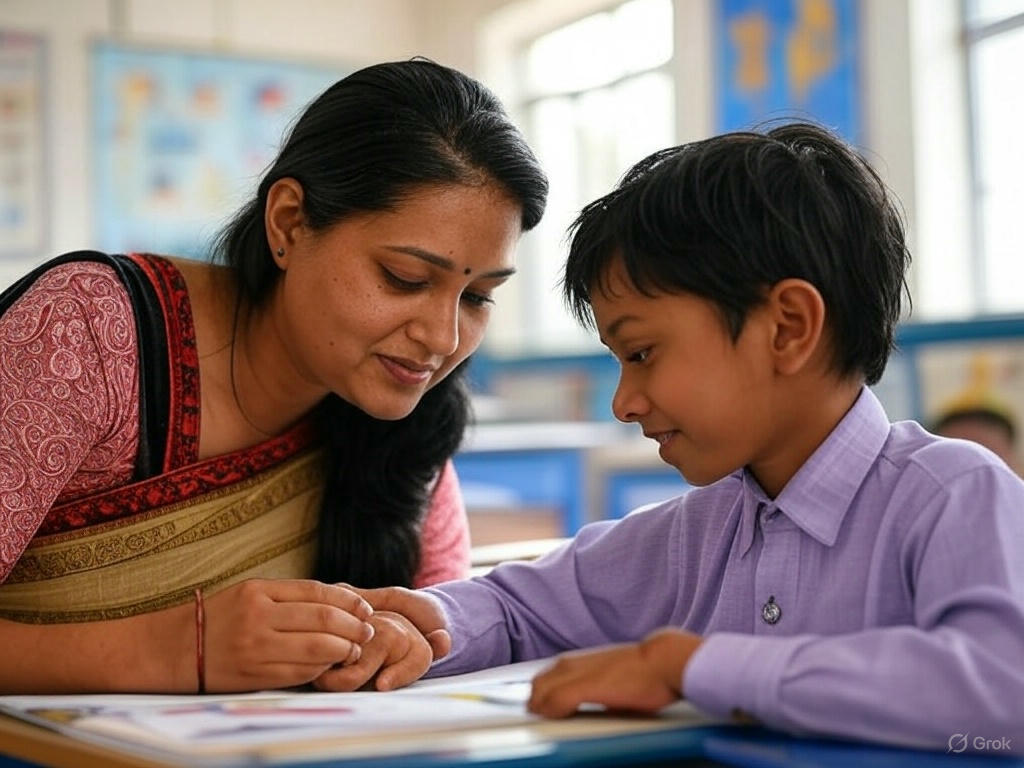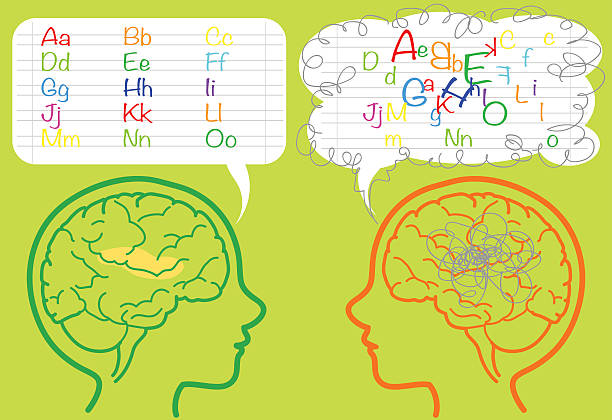-
Table of Contents
Language Development in Kids
Introduction to Language Development
Language development is one of the most critical aspects of a child’s growth. It is the process through which children acquire the ability to understand and communicate through spoken, written, or signed language. This development begins at birth and continues throughout childhood, laying the foundation for social interaction, learning, and emotional expression. Understanding how language develops in kids can help parents, educators, and caregivers support this essential skill effectively.
Stages of Language Development
Language development in children typically follows a predictable sequence, although the pace may vary from child to child. Below are the key stages:
- Pre-linguistic Stage (0-12 months): Babies communicate through crying, cooing, and babbling. They begin to recognize familiar voices and respond to sounds.
- Single-word Stage (12-18 months): Children start using single words to label objects, express needs, or convey emotions. For example, they might say “milk” when they want a drink.
- Two-word Stage (18-24 months): Kids begin combining two words to form simple phrases, such as “want toy” or “go park.”
- Multi-word Stage (2-3 years): Sentences become more complex, and vocabulary expands rapidly. Children start using grammar rules, though errors are common.
- Advanced Language Skills (3+ years): By age three, most children can hold conversations, ask questions, and express themselves clearly. Their understanding of language nuances continues to grow.
Factors Influencing Language Development
Several factors can impact how quickly and effectively children develop language skills. These include:
- Environment: A language-rich environment with frequent interaction and exposure to words helps children learn faster.
- Parental Involvement: Parents who talk, read, and sing to their children regularly foster better language skills.
- Social Interaction: Interaction with peers and adults encourages children to practice and refine their communication abilities.
- Biological Factors: Hearing ability, cognitive development, and overall health play a significant role in language acquisition.
- Cultural Context: The language spoken at home and cultural practices influence vocabulary and communication styles.
Case Studies and Statistics
Research has shown that early language exposure significantly impacts a child’s linguistic abilities. For instance, a study by Hart and Risley (1995) found that children from high-income families heard approximately 30 million more words by age three compared to children from low-income families. This “word gap” often correlates with differences in vocabulary size and academic success later in life.
Another case study conducted by the University of Washington revealed that infants exposed to interactive language activities, such as reading and storytelling, showed higher brain activity in areas associated with language processing.
Tips for Supporting Language Development
Parents and caregivers can take proactive steps to encourage language growth in children. Here are some practical tips:
- Engage in regular conversations with your child, even if they are not yet speaking.
- Read books aloud daily to introduce new words and concepts.
- Encourage storytelling and imaginative play to foster creativity and communication skills.
- Limit screen time and prioritize face-to-face interactions.
- Provide positive reinforcement when your child attempts to communicate.
Conclusion
Language development is a complex yet fascinating process that but it also shapes a child’s ability to communicate and connect with the world. By understanding the stages of language acquisition, the factors that influence it, and the strategies to support it, parents and caregivers can play a pivotal role in nurturing this essential skill. Early intervention and consistent engagement are key to ensuring children reach their full linguistic potential. As research continues to uncover new insights, the importance of fostering language development in kids remains undeniable.



